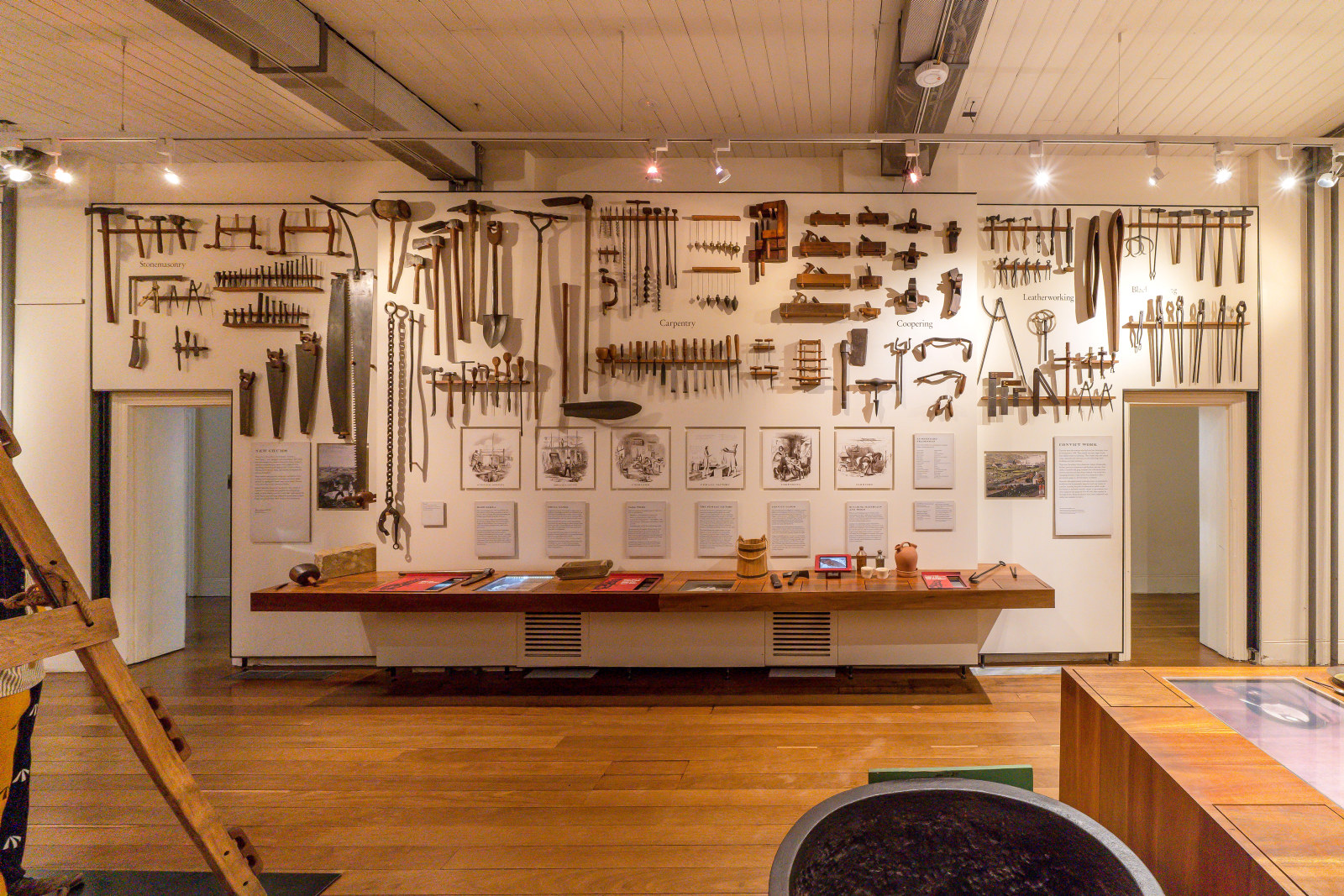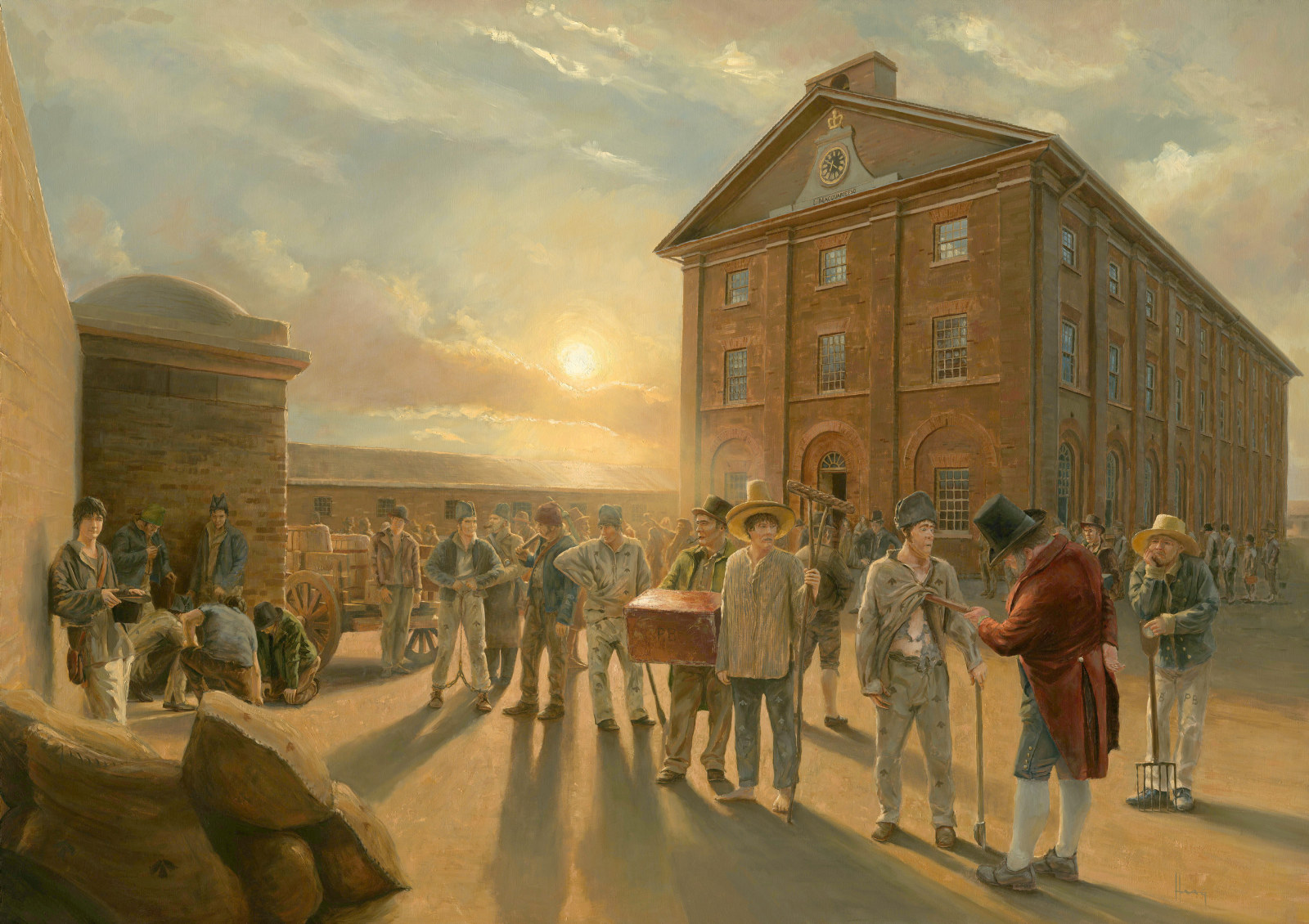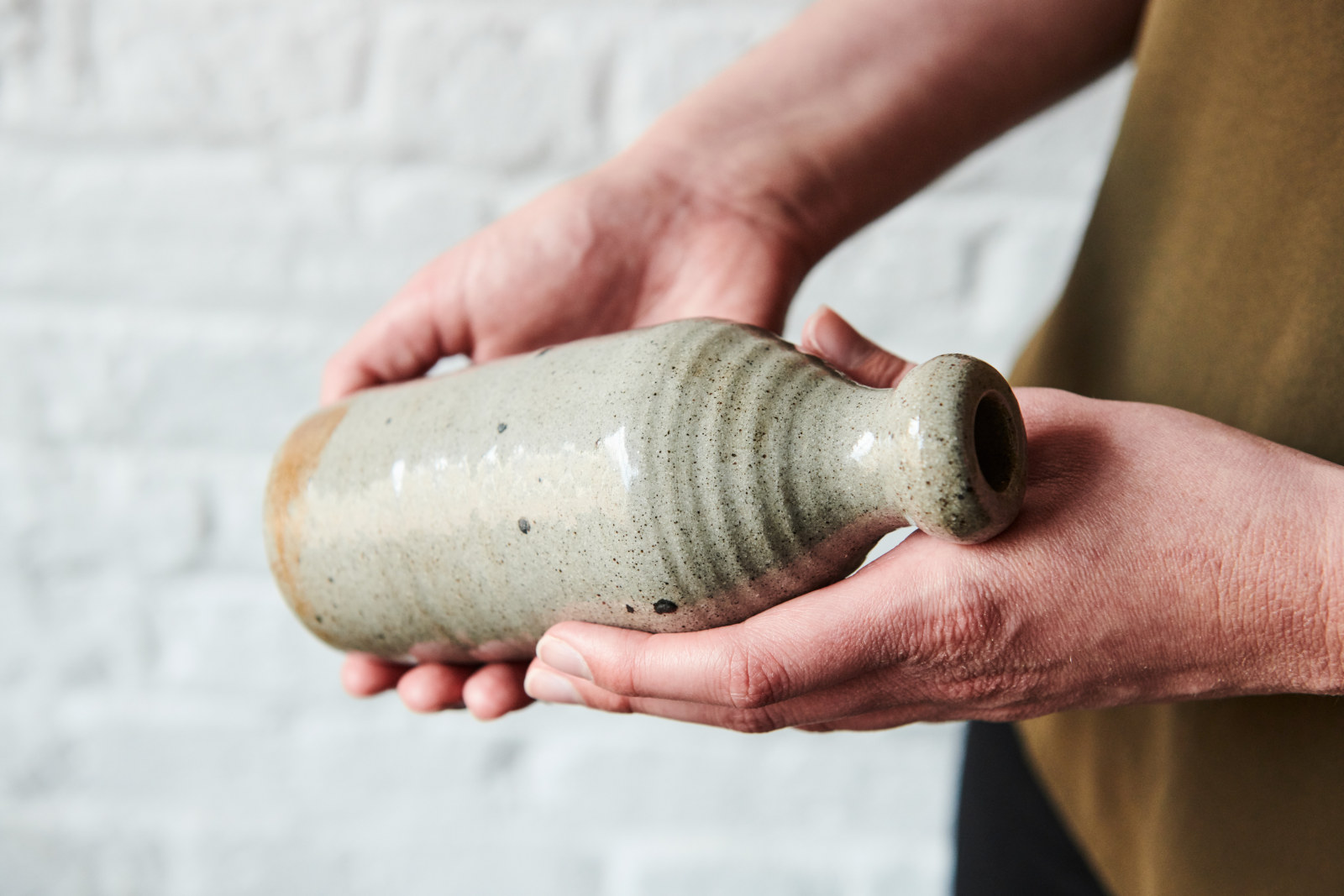Love token, Smith
Joseph Smith, 1817
Locked up in the ‘salt-boxes’ or condemned cells in London’s overcrowded, squalid Newgate Prison in July 1817, prisoner Joseph Smith expected that he would soon be hanged. Following a Newgate tradition, Smyth had an engraver mark a smoothed George III halfpenny with the words ‘JOSEPH SMYTH/CAST FOR DEATH/4th July 1817/AGED 33’, and the name ‘Mary Ann Smyth/Aged 27’ engraved on the reverse, which he would give to his wife as his final token of love for her. But Smith was saved from the gallows, his death sentence reduced to transportation for life. Smith arrived in New South Wales in April 1818, while Hyde Park Barracks was under construction. As a master brickmaker, Smith was most likely put to making bricks that were built into the Barracks walls. Not long after Joseph sailed away to the colony, his wife Mary Ann was herself convicted and arrived in Sydney in 1820, probably bringing this love token with her. Read Joseph Smith’s full story.
Published on
Related

Convict Sydney
Objects
These convict-era objects and archaeological artefacts found at Hyde Park Barracks and The Mint (Rum Hospital) are among the rarest and most personal artefacts to have survived from Australia’s early convict period

Convict Sydney
Convict Sydney
From a struggling convict encampment to a thriving Pacific seaport, a city takes shape.

Learning resources
Explore our range of online resources designed by teachers to support student learning in the classroom or at home